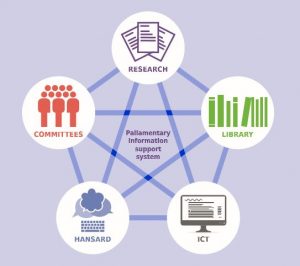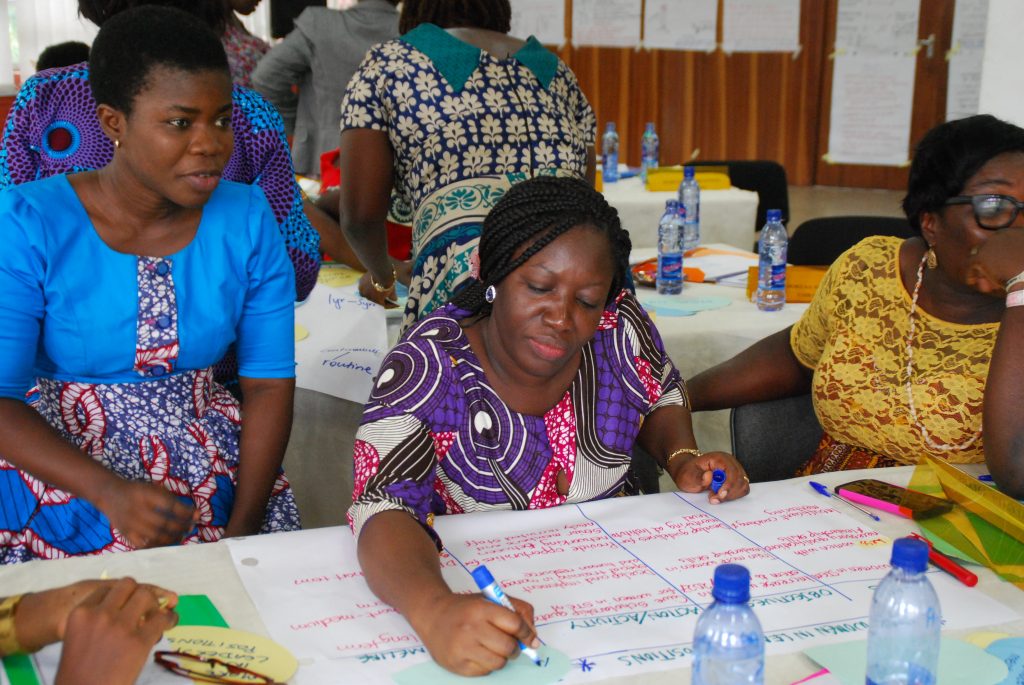Evidence in African parliaments: reflections on our new paper
Author: Emily Hayter, Programme Manager, Evidence-Informed Policy Making Team, INASP Information is critical to holding governments to account. None of...
Author: Emily Hayter, Programme Manager, Evidence-Informed Policy Making Team, INASP Information is critical to holding governments to account. None of...
The Environmental Protection Agency in Ghana will work to improve the use of knowledge in policy with support from INASP and Politics & Ideas
Julie Brittain, INASP Executive Director, looks back at the past year and shares some highlights from our latest annual review....
In my last post I wrote about the 12-metre-long timeline that is now adorning INASP’s wall to celebrate our 25th anniversary this year and I described something of the journey that this timeline shows. But, unashamedly, a timeline is more than an overview; it is full of detail about which activities happened in which year, as well as what was going on in the wider world at the same time. Indeed, even at 12 metres, we had to be surprisingly selective in what we included; a lot has happened in 25 years! You can explore our timeline online at www.inasp.info/timeline but in this blog post I’m going to share a few highlights from our history and put them into a wider context.
Last month we put INASP's Gender Toolkit into action by supporting Ghana’s foremost national science and technology institute, the Council for Scientific and Industrial Research (CSIR), to launch a gender mainstreaming process – starting with a gender sensitization workshop for 30 women researchers drawn from CSIR head office and various institutes under CSIR.
Changing life-style in urban areas is increasing the risk of heart diseases. Recent research done in an urban population of...
Registered charity no: 1106349
The Old Music Hall, 106-108 Cowley Road,
Oxford, OX4 1JE, UK
Tel: +44 (0)1865 249909
Email: info@inasp.info
© copyright 2024




